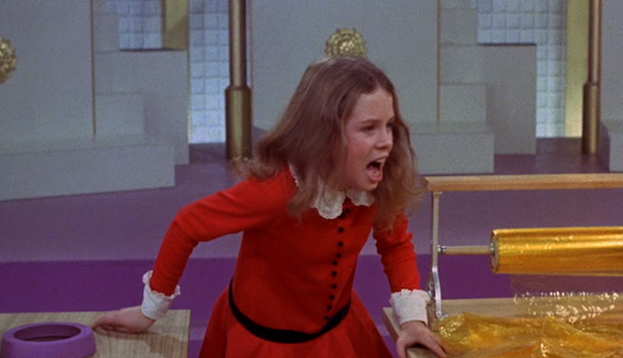Over the past few years, on-demand entertainment has become even bigger than anyone has expected, with channels like Netflix, HBO Now and Hulu flourishing with a number of offerings — even more than cable television could provide.
AdWeek recently posted a large infographic detailing just how popular on-demand entertainment has become, even though some aspects — like downloads — have dropped a bit. Ninja Metrics compiled the numbers, which include the following statistics:
- Streaming services cost 39 percent less than a bundle of expanded basic cable channels, which could explain some of the “cord cutting” that consumers have gone through.
- Music downloads have dropped, while streaming services like Pandora and Spotify have increased in popularity
- Over 40 percent of homes in the United States have some form of access to a subscription-based video-on-demand service, with 36 percent having Netflix, followed by Amazon Home Video (13 percent) and Hulu Plus (6.5 percent)
- Homes with video-on-demand watch almost one hour more of TV per day versus traditional cable TV households, with nearly two hours and 45 minutes compared to one hour and 57 minutes
- There are 41.3 million Netflix subscribers, compared to 95.2 million subscribers to cable/satellite TV subscribers, nearly accounting for half
- The average monthly cost of video-on-demand versus cable is startling, with $39.22 for VOD services compared to $64.41 for expanded basic cable, even though the channel count is higher
- In the streaming music department, over 164 billion songs were streamed last year, equaling 8.2 billion hours of songs
- 67 percent of people in the U.S. use streaming services on a weekly basis
- As for general revenue for music, streaming revenue saw an increase of $1.9 billion last year, while downloads dropped $2.6 billion
The full infographic can be found below, and it points the way for streaming services to become even more popular over the next few years.


